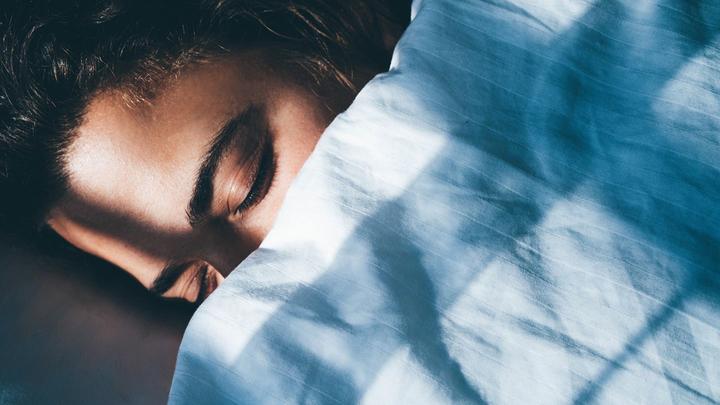If you’re the type to pass out each night with the blinds open and a show still playing on your laptop, it’s time to rethink your bedtime routine. A new study suggests that all the light this exposes you to at night may increase your risk for a wide range of health problems.
For the study, published in the Proceedings of the National Academy of Sciences, scientists asked 20 healthy young adults to sleep in a lab for two nights. Half of the participants had dim light — 3 lux, similar to a small night light — for both nights. The other half had one night with brighter light — 100 lux, like leaving the ceiling lights on — followed by a night with dim light.
Under brighter light, peoples’ bodies essentially never powered down for the night, the study found. They remained in a state of heightened alertness with the body’s so-called fight-or-flight response system activated at night when it should be at rest. And they had a faster heart rate and a reduced ability to use the hormone insulin to convert sugars in the blood into energy, risk factors for chronic medical issues like heart disease and diabetes.
“In general, the brighter the light and closer it is to the sleeping person, the higher the risk that the light will activate physiological responses in the brain and body that can potentially harm health,” says co-lead study author Daniela Grimaldi, MD, PhD, an assistant professor of neurology and sleep medicine at the Northwestern University Feinberg School of Medicine in Chicago.

Beyond its small size, another limitation of the study is that it didn’t follow people over a long period of time to determine whether brighter light at night might directly cause specific health problems.
It’s also not likely that many people would sleep at home with light as bright as what study participants endured in the lab, says Marie-Pierre St-Onge, PhD, director of the Sleep Center of Excellence and an associate professor at the Columbia University Irving Medical Center in New York City.
The brighter 100-lux light used in the study puts out an amount of light similar to four ceiling lamps with 60-watt incandescent light bulbs, says Dr. St-Onge, who wasn’t involved in the new study.
“This is a fully lit room, not just a small nightlight or natural moonlight,” St-Onge says. The light from the full moon streaming in a window at night is only about 1 percent of the light used in the study, St-Onge notes.
Still, a pitch black room is best, Dr. Grimaldi says. That might require blackout shades, or at least a good eye mask. And that definitely means powering down your computer and putting away your phone so no devices shine light in your eyes at night.
That’s because the so-called blue light emitted by most screens is much worse for your quality of sleep, and your body’s physiological systems, than the yellow light that comes from most incandescent light bulbs, Grimaldi says.
If you must use a night light, it’s best to choose a bulb with a yellow hue, and put it close to the floor and as far from your line of sight as possible, Grimaldi adds.









